The Contamination of the Earth. A History of Pollutions in the Industrial Age, by historians Francois Jarrige and Thomas Le Roux.
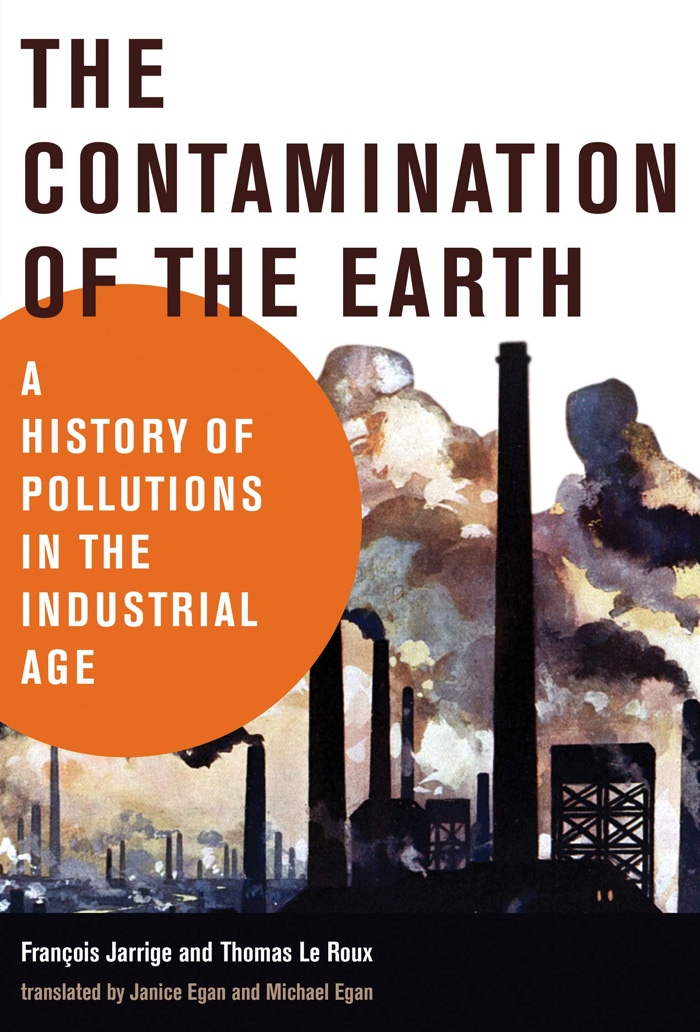
Description by MIT Press: The authors describe how, from 1750 onward, in contrast to the early modern period, polluted water and air came to be seen as inevitable side effects of industrialization, which was universally regarded as beneficial. By the nineteenth century, pollutants became constituent elements of modernity. The authors trace the evolution of these various pollutions, and describe the ways in which they were simultaneously denounced and permitted. The twentieth century saw new and massive scales of pollution: chemicals that resisted biodegradation, including napalm and other defoliants used as weapons of war; the ascendancy of oil; and a lifestyle defined by consumption. In the 1970s, pollution became a political issue, but efforts—local, national, and global—to regulate it often fell short. Viewing the history of pollution though a political lens, the authors also offer lessons for the future of the industrial world.
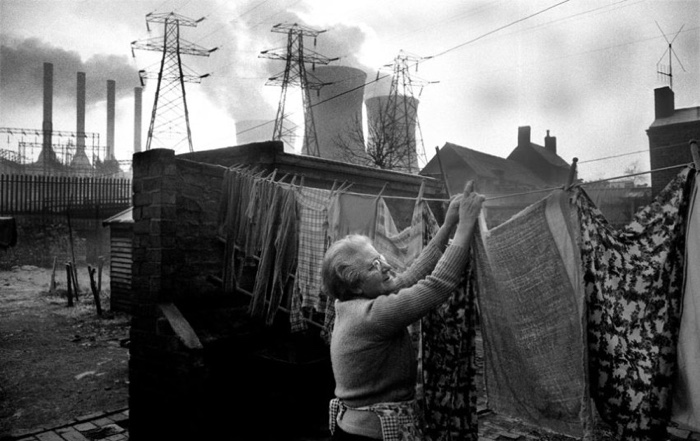
John Bulmer, The Black Country

Société de St Gobain. Sept usines. Engrais chimiques. Atelier Hugo d’Alési (photo: BNF)
How about a harrowing but incredibly interesting book to start the week?
The Contamination of the Earth chronicles almost 300 years of environmental crime, as well as the resistance to it and the industrial efforts to make acceptable and -in some cases- conceal toxic abuses.
There used to be a time when public health came before economic development. If you were a tanner and threw waste in the river, you’d get a fine. If your workshop filled the neighbourhood with “miasmas”, it would be pushed outside of the town.
In the early 19th Century, under the pressures of the nascent industrialisation and the wonders of its achievements, attitudes changed and pollutions became a necessary evil. Chimneys, machines and chemicals were not just nuisances, they also denoted prosperity, progress, employment. As for nature, it was boundless. Up for conquest and plunder.
As a result, pollutions became constituents elements of modernity. Its ills on water streams, landscapes and atmosphere, however, were getting increasingly decried. Factory neighbours, workers, thinkers, doctors and scientists raised their voice in protest of the number of toxic substances released. So were artists. Romantic writers, impressionist painters and poets denounced and represented the extent of the damage.
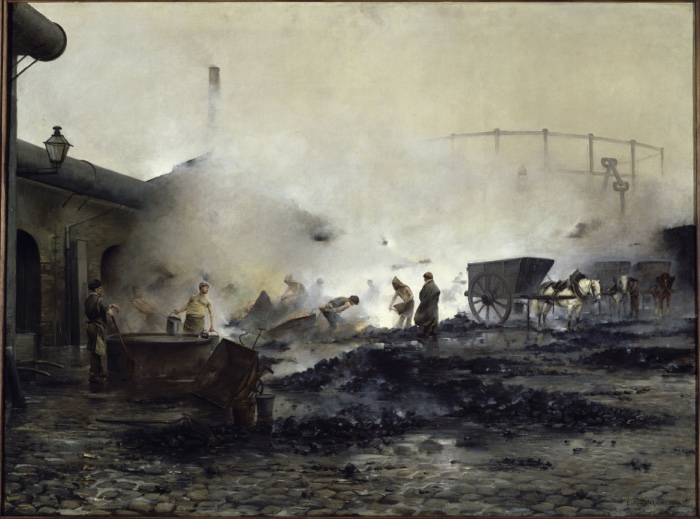
Ernest Jean Delahaye, L’usine à gaz de Courcelles (Gas factory in Courcelles), 1884
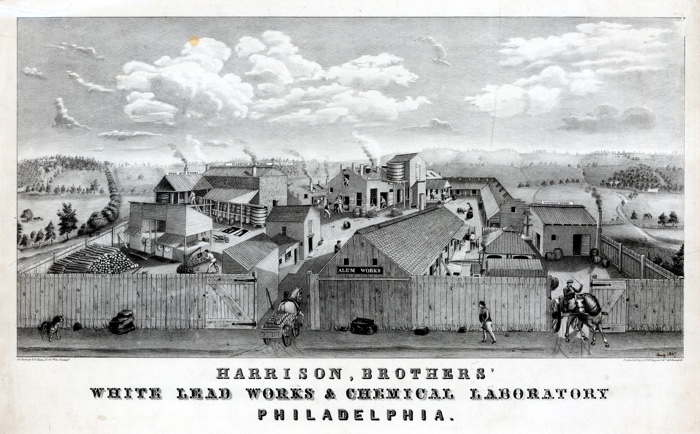
William H. Rease, Harrison Brothers’ White Lead Works and Chemical Laboratory, Philadelphia, 1847 (photo: WDL)
20th would have to reckon with the increase of contaminants as a result of wars, globalisation and mass consumerism. The chapters on the effects that WWI, WWII, the Cold War and the Vietnam War had on ecosystems were particularly distressing. Each conflict brought more disinhibition, more reasons to unleash chemical, explosive or nuclear weapons. The war had become industrial and so was the scale of its destructions. At the end of hostilities, the infrastructures and weapons didn’t fall into obsolescence, they were converted for civilian use. Chemical gases used in fighting, for example, would reinvent themselves as tools to sanitise material, to disinfect, control pests, etc.
With every protest and damning medical repost, industrialists’ strategies to deny and obfuscate reality become shrewder. Industrial nuisances were blamed on weather, topography, people’s sensibilities. Problems were outsourced to poorer countries, waste was dumped in high sea. Powerful lobbies emerged, close relationships were weaved with local authorities. Technical improvement became the modus operandi to manage nuisances. Sometimes, the innovations did wonder. More often than not, however, any reduction achieved in one form of pollution produced secondary effects: either displacing the source of nuisance or producing the dreaded rebound effect. The most revolting strategy employed by the heavy polluters was acquired directly from the tobacco industry: generating scientific ignorance in the mainstream discourse about the deleterious effects of smoking. They hired their own experts to spread doubts about the certainty of scientific research and challenge evidence. I learnt in the book that there’s a name for discipline that studies this phenomenon of culturally-induced ignorance or doubt: it’s called agnotology.
The book stops its historical research into industrial depredation in the early 1970s. After the 70s, everything accelerated and all the phenomena the authors describe look like a long rehearsal for what we live today. We still fail to see the world as a holistic unit, we still see technology as the best path to salvation and, as concepts such as “sustainable development” demonstrate, we’re still not ready to challenge the very heart of the productive system. As for yesterday’s persistent organic pollutants, they are still widely present in our environments but hundreds of thousands of new, often more insidious ones are being developed with the help of bio and nanotechnology.
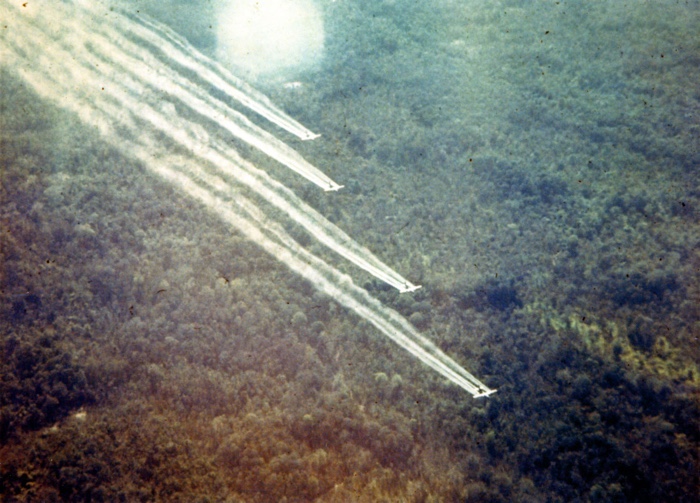
Defoliant spray run, part of Operation Ranch Hand, during the Vietnam War by UC-123B Provider aircraft, 1960s
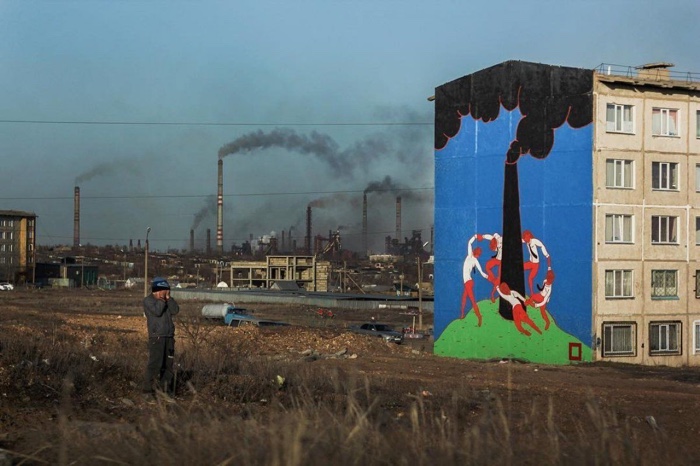
Pasha Cas, Dance, in Temirtau, Kazakhstan. Photo: Olya Koto
There are many reasons why I’d recommend you get this book. The first one is that The Contamination of the Earth convincingly demonstrates that environmental hazards not only threaten the health of our planet, they also deepen inequalities and disparities between North and South, between richer and poorer communities.
Reason number two: instead of focusing on the usual polluting suspects (Western Europe and the United States), the book attempts to give an overview of the history of pollutions across the world, drawing parallels between what happened in France or the UK and what happens in China, Russia or Japan.
Reason number three: although the authors paint a rather bleak picture of what we’ve inflicted on this planet over the past few centuries, they articulate with great clarity the political, social and economic processes that have paved the way for this rush into the abyss. If we want to get out of this mess, we need to understand how we got there in the first place and ensure that we don’t reproduce the same mistakes and adopt the same inadequate solutions and fatalism again and again. Pollution is a violent monster but it is a monster that can be tamed with the help of new imaginaries and new alliances with the living.
One last reason I loved this book is that it’s very well written. The authors juggled with an impressive amount of data, papers and studies. Yet, their text remains compelling and pleasant to read.
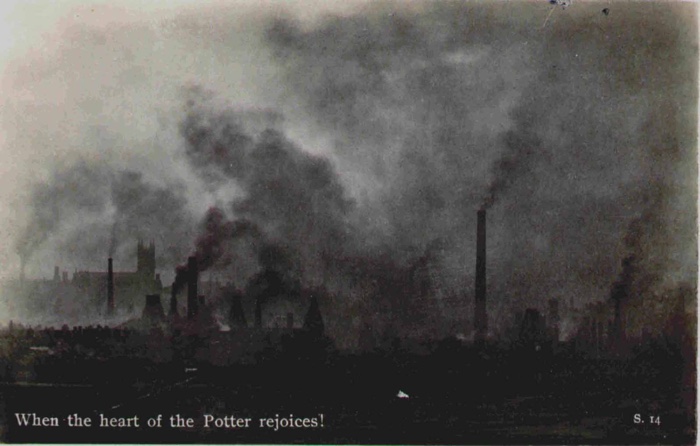
When the heart of the Potter rejoices! Factory chimneys and pottery kilns belching pollution into the skies over Stoke on Trent, UK (photo: Dwyne)

Richard Jefferies, After London; or, Wild England. London: Duckworth & Co, 1905
After London is regarded as an early example of what we would today call the “eco-apocalyptic” novel.
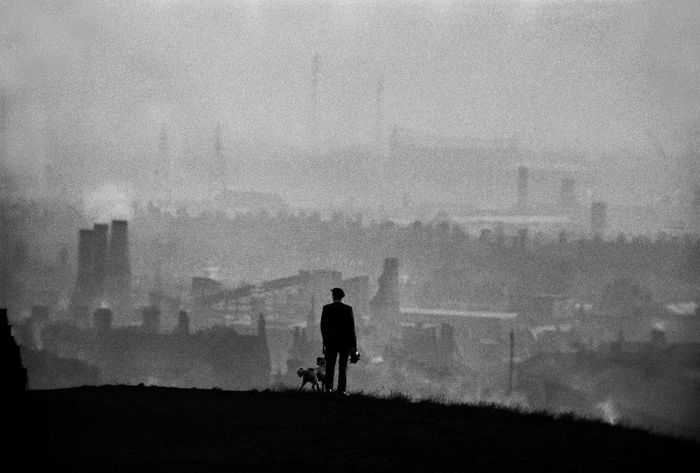
John Bulmer, View over the Potteries, Stoke on Trent, 1963

Camille Pissarro, The Pont Boieldieu in Rouen, sunset, foggy weather, 1896
Related stories: Paleo-energy: a counter-history of energy, Arts of Living on a Damaged Planet. Ghosts and Monsters of the Anthropocene, The Shock of the Anthropocene. Or what does it mean to have the future of the planet into our hands?, Paula Humberg: making visible the unseen victims of climate change, Back Water: What should be classified as “wilderness” in a post-industrial world?, Plastic Capitalism. Contemporary Art and the Drive to Waste, etc.
